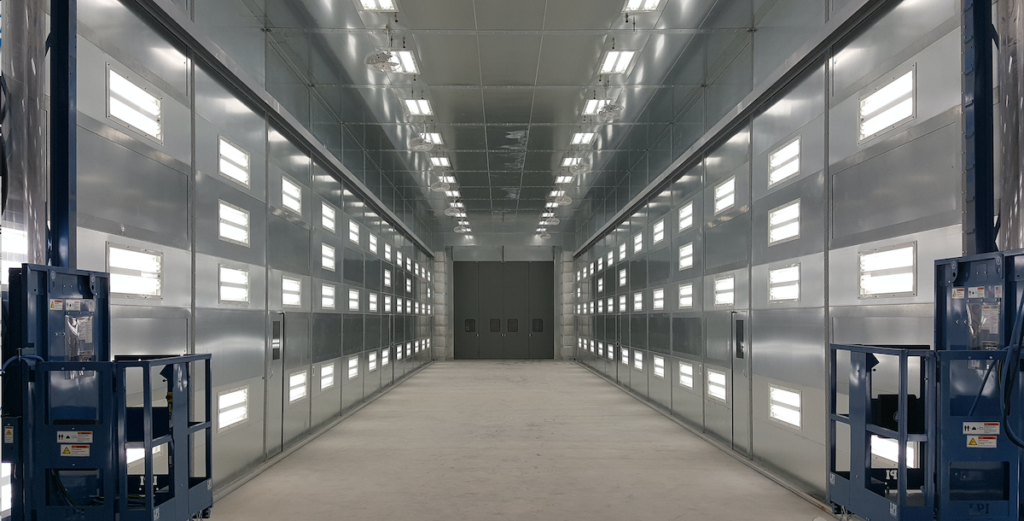A product’s finish is crucial to its marketability, reflecting quality and craftsmanship. Achieving a flawless finish requires advanced technology, skilled work, and strict quality control. This post explores the components, challenges, and strategies for perfecting manufacturing processes.
Why Surface Finish Matters in Manufacturing
The surface finish of a manufactured product significantly impacts not only its aesthetic appeal but also its functionality and durability. Here’s why it matters:
- Aesthetic Appeal: A flawless finish enhances the product’s visual appearance and increases its perceived value. Customers associate smooth, consistent surfaces with quality, which is crucial in competitive industries like automotive, electronics, and luxury goods.
- Performance: Surface texture can influence a product’s performance. For example, in machinery, smoother surfaces reduce friction and wear, enhancing efficiency and longevity.
- Durability: Products with superior finishes are often better protected from damage, corrosion, or external wear. This is particularly important in environments where materials are exposed to harsh conditions.
With both functionality and value at stake, manufacturers are under pressure to achieve and maintain high-quality finishes at scale.
Key Challenges in Achieving Flawless Finishes
Producing flawless finishes is no easy feat. Manufacturers must overcome several hurdles, including:
1. Surface Defects
Common issues like scratches, dents, uneven coatings, or contamination can compromise the finish. These defects often arise from improper handling, inconsistencies in raw materials, or errors in tooling.
2. Material Limitations
Different materials require varied treatments to achieve optimal surface finishes. Metals, plastics, and ceramics, for instance, all demand unique polishing, coating, or grinding techniques.
3. Complex Geometries
Modern products often feature intricate designs and complex geometries, making it difficult to achieve consistent finishes across all surfaces.
4. Scaling Processes
While it might be straightforward to achieve perfection in small batches, scaling up manufacturing introduces variability, increased defect chances, and heightened quality control challenges.
5. Cost Constraints
Achieving perfection comes at a cost. Investing in advanced equipment, maintaining strict quality control, and employing skilled labor can significantly add to production expenses.
Despite these challenges, innovations and best practices in manufacturing make it possible to deliver flawless finishes.
Techniques for Achieving Flawless Finishes
Manufacturers rely on a variety of techniques to ensure quality finishes. Here are the most impactful methods, along with tips for optimizing their application:
1. Precision Machining
Advanced machining techniques, such as CNC (Computer Numerical Control) machining and precision surface grinding, play a critical role in achieving consistent finishes. Precision machining ensures products meet tight tolerances while minimizing inconsistencies on the surface.
Tips:
- Use high-quality cutting tools to improve surface smoothness.
- Regularly service and calibrate machinery to maintain accuracy.
2. Polishing and Buffing
Polishing and buffing are essential in industries like automotive and aerospace, where surface appearance and functionality are crucial. These methods not only improve shine and luster but also eliminate minor imperfections.
Tips:
- Determine the right polishing compound for the material being worked on for the best results.
- Incorporate automated robotic polishing systems for difficult-to-reach surfaces.
3. Coating Applications
Whether it’s paint, powder coating, or a protective layer, coatings enhance the product’s aesthetics and durability. Advanced coating technologies, such as PVD (Physical Vapor Deposition) or ceramic coatings, yield exceptional results.
Tips:
- Ensure surfaces are properly cleaned and prepped to avoid contaminant-related defects.
- Implement automated spraying systems for uniform coating application.
4. Grinding and Abrasive Processes
Precision grinding and other abrasive finishing methods ensure flat, smooth surfaces with consistent texture. This is particularly valuable in industries like toolmaking and high-precision engineering.
Tips:
- Match grindstones or abrasive materials to the hardness of the surface material.
- Monitor speeds and feed rates to prevent unnecessary surface damage.
5. Quality Control and Inspection
Rigorous quality control is vital for spotting and addressing surface defects early. From visual inspections to advanced scanning systems, manufacturers use diverse tools to ensure quality.
Tips:
- Employ automated surface inspection systems powered by AI to identify imperfections quickly.
- Use profilometers to measure surface roughness and ensure consistent texture.
6. Innovative Technologies
Technological advancements are pushing surface finishing capabilities to new heights. Laser finishing, 3D printing for post-processing, and nanotechnology-based coatings represent game-changing innovations for manufacturers.
Tips:
- Stay updated on the latest technologies and assess their ROI (return on investment) for your specific production processes.
- Combine traditional finishing methods with innovative solutions for hybrid techniques that deliver superior results.
Best Practices for Consistent Quality in Finishes
Achieving a flawless finish isn’t just about individual techniques. It requires a holistic approach to manufacturing. Here are best practices to ensure consistent quality across your processes:
Train Your Workforce
Invest in upskilling employees to operate finishing equipment, identify potential defects, and stay aligned with quality standards.
Monitor Process Parameters
Continuously monitor factors like temperature, pressure, and humidity levels across different stages of production to avoid variability in finishes.
Maintain Equipment Regularly
Well-maintained tools and equipment improve accuracy and extend their lifespan, ensuring smoother production processes.
Collaborate with Suppliers
Work closely with raw material suppliers to ensure you receive high-quality materials with minimal imperfections.
Leverage Data Analytics
Employ data analysis to identify recurring surface issues, optimize production processes, and reduce waste.
Conclusion
Now that you know the challenges and techniques for flawless finishes, it’s time to review your manufacturing processes. Continuous improvements, skilled workers, and innovative solutions will help you deliver quality products that meet customer expectations.
Want more insights? Keep visiting Lotology for the latest updates and information!

